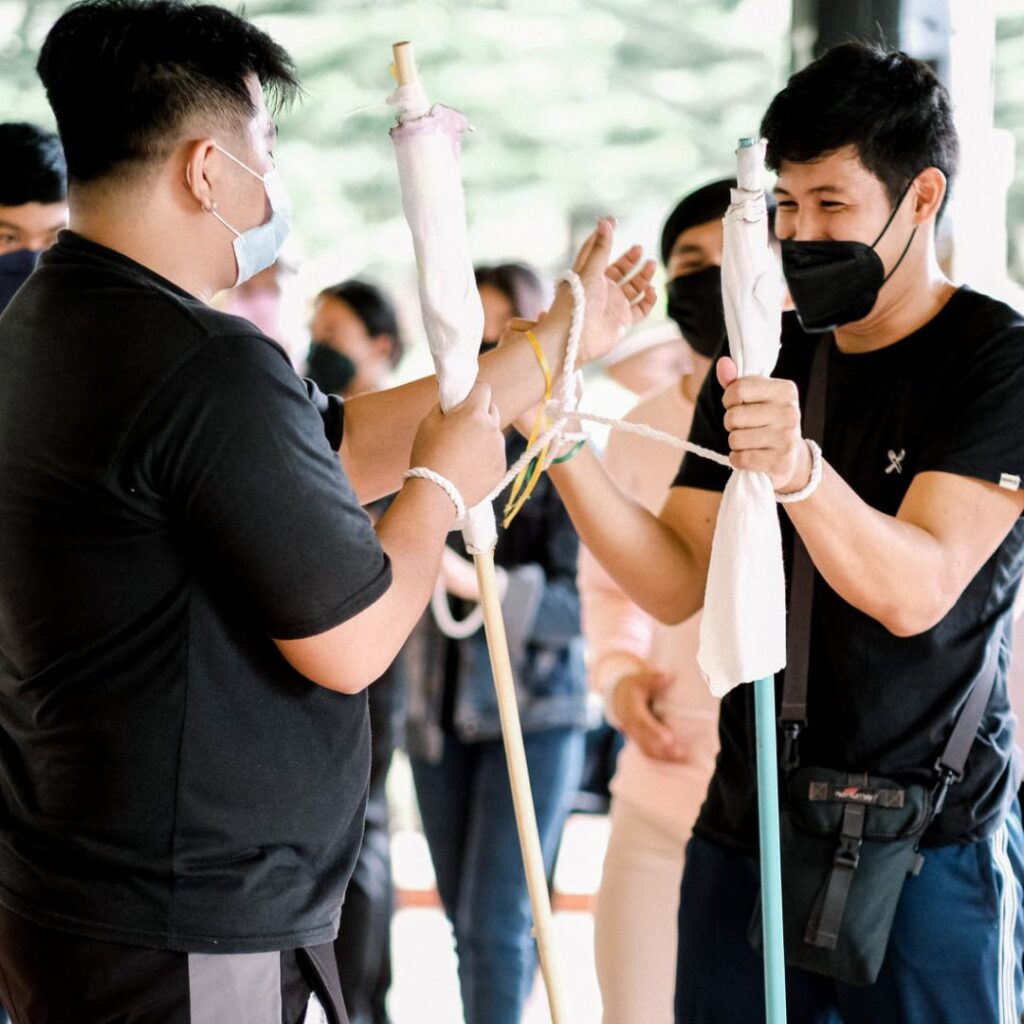Neck pain is a common issue that affects people of all ages and backgrounds. Whether it’s caused by long hours of sitting at a desk, poor sleeping positions, or stress, neck pain can significantly impact your daily life. One of the most crucial aspects of treating and preventing neck pain is understanding the role posture plays in its development. Correcting your posture can be an effective neck pain treatment, offering relief from discomfort and preventing future episodes. This article will explore why posture matters in neck pain treatment and provide actionable tips on improving your posture to alleviate pain.
Understanding Neck Pain
Neck pain treatment often requires a comprehensive understanding of the causes. Neck pain can be the result of poor posture, muscle strain, or even underlying health conditions. The muscles and ligaments of the neck are designed to support the head, which weighs around 10 to 12 pounds, but improper posture can place excessive stress on these structures, leading to discomfort.
Poor posture—whether from slouching at a desk, hunching over a smartphone, or sleeping in an awkward position—can cause muscles in the neck to tighten and become inflamed. This can lead to neck pain, stiffness, and even headaches. Additionally, repetitive strain from constant forward head movements (such as looking down at your phone) can contribute to conditions like “tech neck.” Seeking neck pain treatment for these issues often involves addressing posture directly.
The Role of Posture in Neck Pain
One of the most significant factors in neck pain treatment is posture. The way you position your body throughout the day can either contribute to or help alleviate neck pain. Proper posture maintains the natural curvature of your spine, which is essential for reducing strain on your neck muscles. When your posture is poor, the weight of your head is no longer aligned with the rest of your spine, causing muscle fatigue and pain.
Slouching, forward head posture, and poor alignment during daily activities like sitting, standing, and sleeping can exacerbate neck pain. For instance, when you sit with rounded shoulders or your head protrudes forward, your neck muscles have to work harder to support the weight of your head, leading to strain. This is why good posture is considered a key aspect of neck pain treatment—it helps relieve tension and ensures that your muscles aren’t unnecessarily stressed.
Common mistakes that affect posture include hunching while sitting for extended periods, using the wrong pillow, or looking down at screens for long periods. By correcting these postural habits, you can significantly improve neck pain and reduce the risk of developing chronic issues.
How to Improve Posture to Relieve Neck Pain
Improving your posture is one of the most effective and non-invasive neck pain treatments available. With a few simple adjustments to your daily habits, you can reduce strain on your neck and prevent further discomfort.
Sitting Posture
Proper sitting posture is essential for preventing neck pain. Ensure that your feet are flat on the floor, and your knees are at a 90-degree angle. Sit back in your chair with your back straight and your shoulders relaxed. Keep your head aligned with your spine, and avoid leaning forward or slouching. For those who spend long hours at a desk, an ergonomic chair that supports proper alignment is crucial. Additionally, position your screen at eye level to avoid tilting your head downward.
Standing Posture
When standing, distribute your weight evenly between both feet. Stand tall with your shoulders back, avoiding slumping. Your head should be in line with your spine, and your ears should align with your shoulders. Proper alignment reduces the risk of neck strain and is a fundamental neck pain treatment.
Sleeping Posture
The position you sleep in can have a significant impact on your neck health. Using the right pillow is vital in supporting the natural curve of your neck. A pillow that is too high or too flat can force your neck into an unnatural position, leading to discomfort. Ideally, choose a pillow that supports the curve of your neck while keeping your head aligned with your spine.
Reducing Tech Neck
With the increasing use of smartphones and computers, “tech neck” has become a prevalent issue. This occurs when you constantly look down at your phone or screen, causing strain on your neck muscles. To reduce this strain, raise your phone or screen to eye level whenever possible. Take regular breaks from screens, and incorporate stretching exercises to relieve muscle tension.
By incorporating these simple posture improvements, you can begin to see noticeable relief from neck pain. However, if your pain persists, it may be time to seek professional neck pain treatment.
Additional Treatments for Neck Pain
While improving posture is a fundamental part of neck pain treatment, other therapeutic options can provide further relief.
Physical Therapy and Osteopractic Care
In some cases, posture improvements alone may not resolve neck pain. This is where the expertise of an Osteopractic Physical Therapist in Central Indiana can be beneficial. An osteopractic physical therapist specializes in the treatment of musculoskeletal disorders and can provide hands-on techniques to improve spinal alignment and relieve muscle tension. They can create a customized treatment plan, including manual therapy, strengthening exercises, and posture correction techniques tailored to your needs.
Massage Therapy
Massage therapy is another excellent treatment option for neck pain treatment. A skilled massage therapist can help relax tight muscles, improve blood circulation, and reduce tension in the neck area. Regular massages can complement posture correction efforts and significantly improve neck mobility.
Heat and Cold Therapy
Applying heat or cold to the affected area can also help manage neck pain. Heat therapy can relax tight muscles and increase blood flow, while cold therapy can reduce inflammation and numb sharp pain. Both therapies are simple yet effective options for easing discomfort.
Ergonomics at Work
For those who work in an office setting, ergonomics play a significant role in neck pain treatment. Using an ergonomic chair, adjusting the height of your desk, and maintaining proper screen positioning are essential for avoiding neck strain. Regularly adjusting your position and taking breaks from sitting can help prevent the development of neck pain.
Prevention: Maintaining Good Posture Long-Term
Once you’ve made strides in improving your posture and treating neck pain, it’s important to maintain these habits to prevent future issues. Consistently practicing good posture is crucial for long-term neck pain treatment.
Regular Posture Checks
Make it a habit to check your posture throughout the day. Set reminders on your phone to check in on your body position, especially if you spend long hours sitting. This mindfulness will help you stay aligned and avoid slipping back into poor posture habits.
Incorporating Strengthening Exercises
Incorporate neck and upper back exercises into your routine. Strengthening the muscles that support your neck will make it easier to maintain proper posture. This, in turn, will reduce the likelihood of developing neck pain in the future.
Staying Active
Maintaining an active lifestyle is essential for overall spine health. Regular physical activity, including walking, swimming, or yoga, can improve flexibility and prevent stiffness in the neck. Staying active helps you maintain a healthy weight, which reduces the strain on your neck and spine.
By adopting these prevention strategies, you can ensure long-term relief from neck pain and improve your overall quality of life.
Takeaway
Neck pain treatment is closely tied to improving posture. By adopting good posture habits, incorporating regular exercises, and seeking professional guidance when necessary, you can significantly reduce neck pain and improve your overall health. If you are struggling with persistent neck pain, consider consulting an Osteopractic Physical Therapist in Central Indiana for personalized treatment and expert care. Don’t let neck pain control your life—take steps today to improve your posture and find lasting relief.











